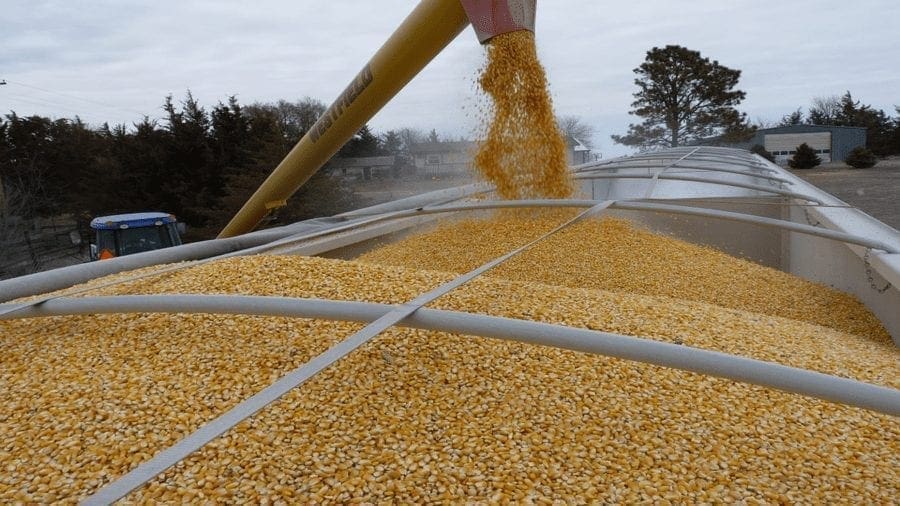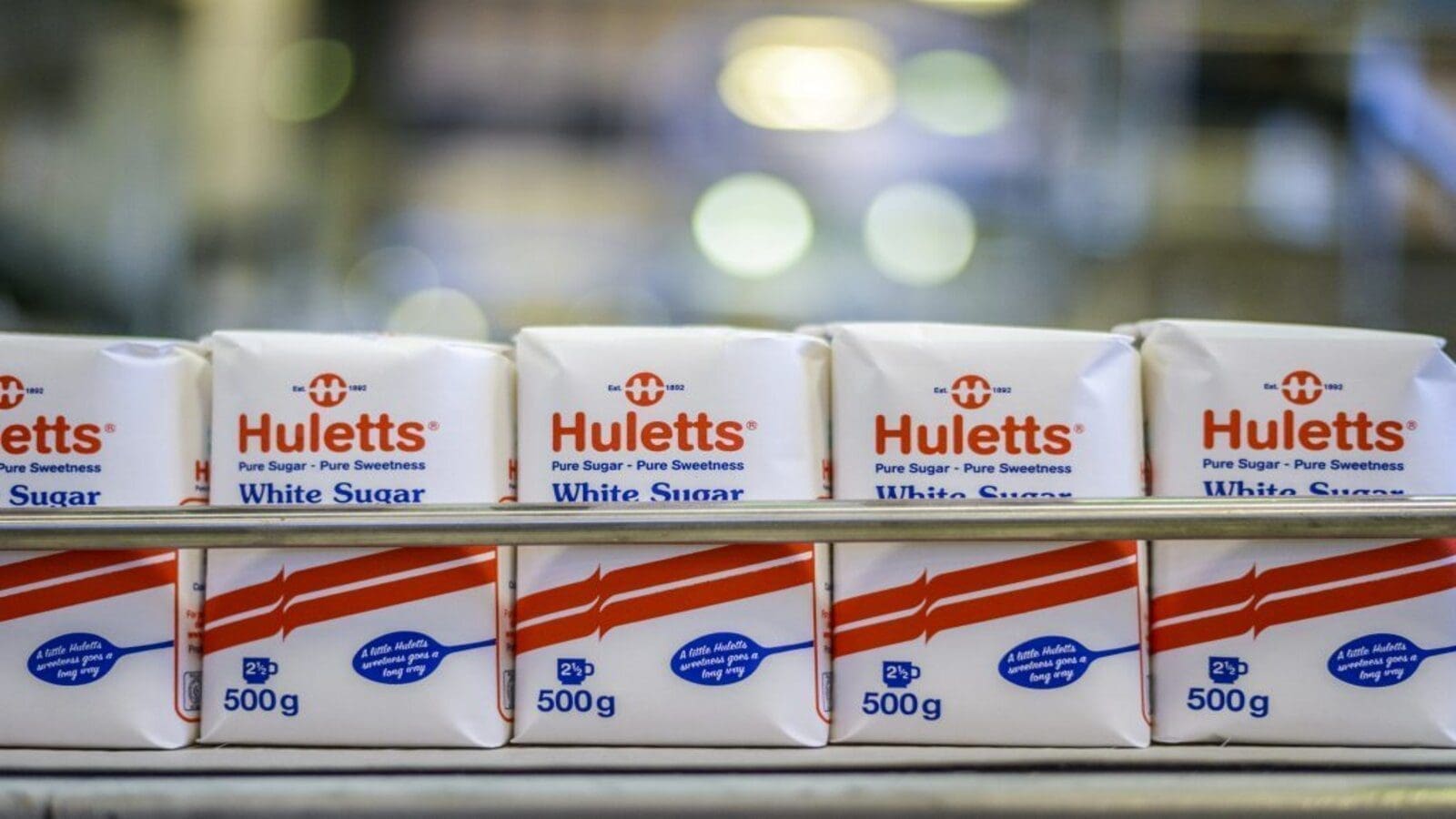ZIMBABWE — The Grain Millers Association of Zimbabwe (GMAZ), the apex representative body of the country’s milling industry has acquired 100,000 tonnes of maize from South Africa and Brazil, reports NewZimbabwe.
The announcement comes after the government of Zimbabwe made the decision in December 2019 to allow millers and other groups to use free funds to import maize.
“Since then, up to now, I am glad we have put mechanisms to have maize into the country,” Tafadzwa Musarara, chair of GMAZ, said on Jan. 21.
“The country’s current demand for commercial maize use is 80,000 tonnes, and we have signed up close to 100,000 tonnes with the immediate 50,000 tonnes starting to come early next week,” Tafadzwa added.
In addition to the maize import, the association received 30,000 tonnes of wheat from Argentina beginning of the month on 2, January.
Zimbabwe is currently in the midst of back-to-back droughts, which is affecting maize and wheat production.
This has led to the private, public sector collaborate in boosting grain production in support of the government plans to boost the national grain reserves as it pivots towards the attainment national food security and eventually regains regional (SADC) food basket status.
Commercial banks are chipping in funding to support farmers under contract farming schemes with a view to boost production of staple grains.
To complement the traditional command agriculture system, the government also adopted the smart agriculture concept to incorporate private sector contribution into the funding matrix.
With the new concept the private sector will have to strive to match or surpass government efforts in supporting farmers with funds, inputs and other technical services.
In this regard the likes of PHI Commodities, subsidiary of National Foods Limited has committed to fund over 20 000 hectares of both maize and wheat production under contract farming during the 2019/2020 summer cropping season.
Under Command Agriculture, the Government expects to put 210 000 hectares under maize production and 30 000 hectares under soya bean production.










